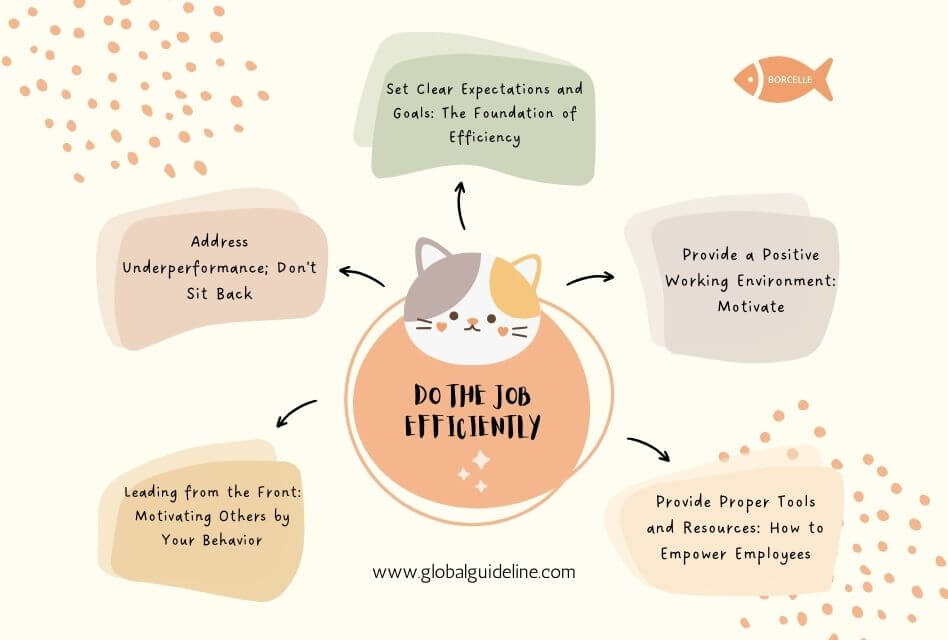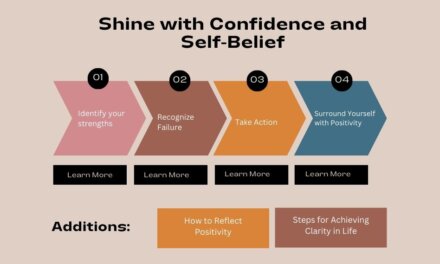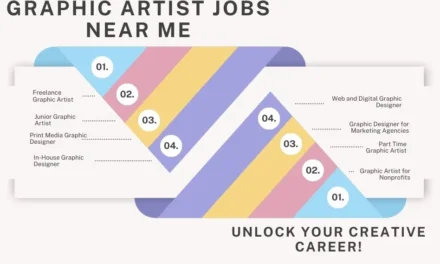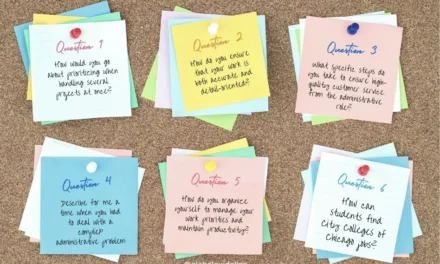Any organization’s success depends on ensuring that employees are motivated to perform their work duties. But more often than not, as a manager or team leader, one would wonder, “How to get people to do their jobs?” Getting the best out of people is not easy; sometimes, because of demotivation, unclear expectations, or insufficient resources. This blog will take you through the top 5 ways to get people working efficiently at their jobs, with real examples of how real companies drive a productive and engaged workforce.
Table of Contents
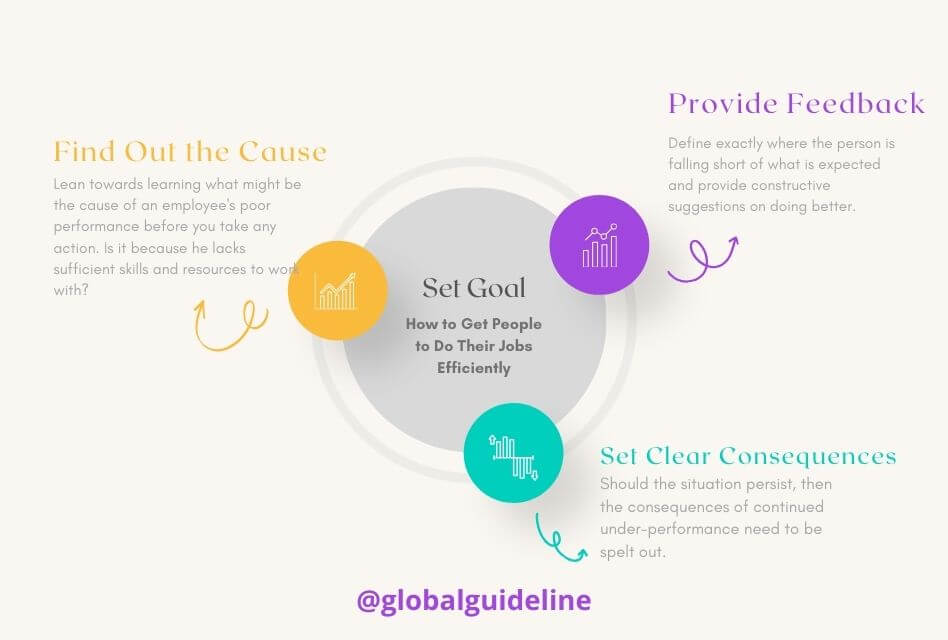
1. Set Clear Expectations and Goals: The Foundation of Efficiency
First on how to get people to do their jobs efficiently is by making them understand what is expected of them. Definite expectations and specific goals clearly provide the roadmap toward success, remove confusion, and set up a person for productivity.
How to Get People to Do Their Jobs by Setting Expectations
How do you get people to do their job? The answer lies in setting clear, achievable goals that clearly link back to the objectives of the organization. Here’s how you can do it:
- Define Roles and Responsibilities: Every member within this team will know what his or her specific role is and what is expected of him or her. It explains what will be done daily and during a long time, and how what you do will help this organization succeed.
- Setting of SMART goals: Encourage the use of SMART (Specific, Measurable, Achievable, Relevant, Time-bound) goals. Such clear and detailed goals set by the employee will guide the person on what to do exactly and offer a fine line measure of success at every level.
- Regular Check-Ins: Periodic one-on-one meetings with members of your team will help in monitoring their progress and discussing issues or problems they might be facing. This way, everyone will be sure of staying on course and understanding that the set goals being achieved are very important.
How Do You Get People to Do Their Job Effectively?
You provide the structure for great performance if you set clear expectations. Without the foundation, employees may feel lost or unmotivated or, at best, unsure about what to do and how to prioritize their efforts.
Example: Instead of saying, “I want you to improve customer service,” you can set a SMART goal such as, “I want you to improve customer ratings by 10 percent in the next quarter by improving response times and offering customized solutions.”
2. Provide a Positive Working Environment: Motivate
A cheerful workplace is essential in getting people to efficiently how to get people to do their jobs. If they feel necessary, cared for, and appreciated, the drive to succeed will more likely be there.
How to Get People to Want to Do Their Job
How do you make people want to go to work? Growing an environment where employees get up and excited to head to work begins with a positive workplace culture. Here’s how:
- Recognize and Reward: Manually appreciate the employees for their hard work and achievements. It may be through verbal praise, awarding, or a token of small incentives. The recognition brings about the feeling of being an achiever, thus motivating others to work towards excellence.
- Encourage Collaboration: Encourage collaboration amongst colleagues, which thereby provides teamwork. This improves productivity in addition to building a supportive atmosphere at the workplace where workers feel they relate with a bigger cause.
- Provide opportunities for growth: Professional development opportunities through training sessions or leadership roles keep employees attached to their work and organization. When they see a way for growth, people become much more motivated and engaged.
How to Get People to Do Their Jobs: Build Morale
High morale means high productivity. Happy and satisfied workers are more likely to exercise initiative to achieve their goals.
Example: When an Employee of the Month program is in place that rewards people for outstanding performance, it not only boosts the morale of the employee recognized but also initiates a desire in others to strive harder to earn the same distinction.
3. Provide Proper Tools and Resources: How to Empower Employees
To get people to do their job, you must ensure they have the proper tools, resources, and support that will help them to do their job effectively. Resource deficiency is a surefire way to bring about frustration, decreased productivity, and poor performance.
How to Get Employees to Do Their Job with Proper Tools
How do you get someone to do their job? If you want someone to perform, then you empower by providing proper tools and resources:
- Invest in technology: Correctly arm all your employees or workers with the latest technological tools and software to keep their work manageable and enable them to be more productive. For instance, organizing management work by use of work organizers can make employees more productive.
- Training: Make sure that employees receive correct training on tools and resources at their disposal. Periodic training sessions will update them with new technologies and methodologies to perform effectively.
- Supportive Infrastructure: Ensure that your team is served with all the necessary resources: up-to-date equipment, a comfortable workspace, and easy access to the necessary information or assistance at the right time. In other words, for deliverance of the best by the employees, everything in place for efficient workflow is important.
Get More Applicants for a Job: Touting Resources
When recruiting, it’s important to emphasize the resources and tools available to prospective employees. This means that applicants will be more likely to apply when they feel well-equipped and powerful in the job.
Example: When recruiting, mention that your company possesses the newest technology, constant training, and a very friendly team working environment. This will indeed attract top talent who knows what kind of work ethic they need to tune in on the first day itself.
4. Leading from the Front: Motivating Others by Your Behavior
One of the best ways of getting people to do their job efficiently is by leading by good example. A leader’s actions help dictate the tone for the whole team, and their work ethic can be infectious.
How to Get People to Do Their Jobs by Leading by Example:
How do you get people to do their jobs? Show them how it’s done:
- Demonstrate Commitment: It means hard work, meeting deadlines, and working over when necessary. If you demonstrate the same level of commitment towards your organization’s goals, so will your team.
- Communicate Effectively: Be open and transparent in communication with the team. Share your vision and provide regular updates; this gives an opportunity to invoke open dialogues. If the employees feel that they are informed and included, then they become more engaged and motivated.
- Be Approachable: Allow them to come to you with any questions or concerns, or just with an idea. If the employees find you approachable and ready to help in times of need, then they are more likely to take the initiative to solve problems by themselves.
Setting Standards: How to Get Work on People Per Hour
Set standards, and let your team aim for them and eventually reach them. By always leading as an example of what you would want others to be, you create a culture of excellence that begets efficiency.
Example: If you’d like your team to be punctual and turn in work on time, make sure you are always present on the dot and work is presented on time. You will then already be raising the bar for everyone.
5. Address Underperformance; Don’t Sit Back
For all these best efforts, there may be certain employees who don’t come out to be the performers as wanted by you. In that situation, the need is to resolve the problem right at the initial level and stop its further penetration to affect the performance of the team.
What to do when people don’t do their job
What to do when people don’t do their job? Address the issue directly and constructively:
- Find Out the Cause: Lean towards learning what might be the cause of an employee’s poor performance before you take any action. Is it because he lacks sufficient skills and resources to work with? Or does it emanate from his personal issues? Thus, identifying the root cause might just be right for you to handle the issue.
- Provide Constructive Feedback: Define exactly where the person is falling short of what is expected and provide constructive suggestions on doing better. Be supportive and guide the way in which they can meet expectations.
- Set Clear Consequences: Should the situation persist, then the consequences of continued under-performance need to be spelt out. This may include additional training, a performance plan, or in extreme cases, disciplinary action.
- Monitor Progress: Keep an eye out for the employee’s progress and encourage them further if necessary. Point out improvements that they make and continue to praise them so they continue to try.
How to Get People to Do What You Want in the Workplace
In simple terms, “how to get people to do their jobs” involves clear communication, support, and accountability in the workplace. For example, employees are more likely to act efficiently when they understand what is expected of them and feel supported in achieving their goals. This approach ensures that everyone is aligned and motivated to perform their best.
Example: If the employee constantly fails to meet deadlines, have a discussion with the employee regarding not meeting deadlines. Propose solutions like time management training or a more manageable workload. Set clear expectations for how their behavior should change.
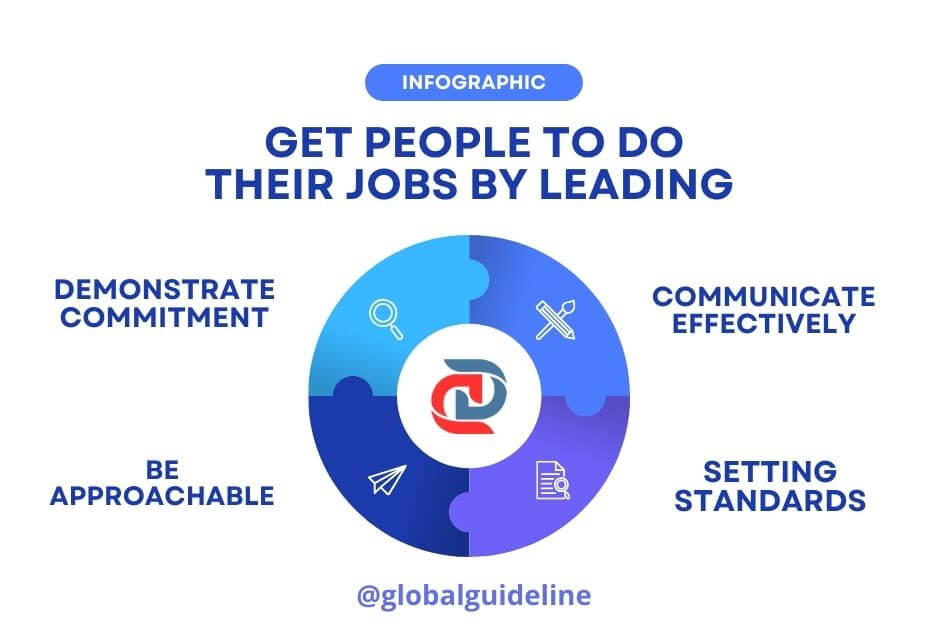
FAQ Section
Q: What do you say to them to get them a job?
A: Talk about the benefits of having a job, the financial stability one will get, the improvement in their careers, and personal growth. After that, one may need to give them advice regarding where to find jobs and offer support like writing résumés or working on interview skills.
Q: How do I attract people to my job?
A: Make your job attractive by highlighting what makes your company unique to prospective employees, be it the pleasant working environment, growth opportunities, competitive salaries, or rich company culture. Use job postings, social media, and employee endorsements to spread the word about what sets your place of business apart from others.
Q: How do I make a job attractive?
A: The things that attract a job to you are building your personal brand, doing effective networking, and developing continuous skills. Customize your resume and cover letter in every application made, and actively pursue contacting probable employers or recruiters.
Q: What if people don’t do their job?
A: If people do not do their job, follow up with them. Know what the real problem is, give good feedback, and state your expectations clearly to see improvement. Monitor for progress and assist further when needed.
Q: How can you get others to do your work?
A: Focus on effective delegation, not on getting others to do your work. Clearly define tasks, make available relevant materials, and ensure each member of your team knows what his or her role is. Encourage the ability to work together, supporting each other in pursuit of common goals.
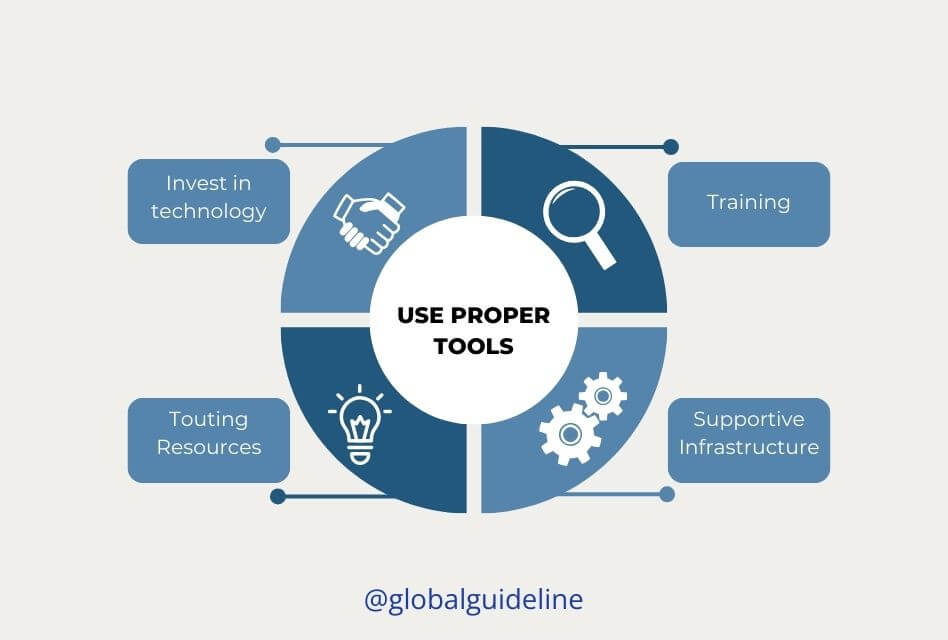
Conclusion
That means clear communication, motivating, supporting, and holding people accountable all have to mix together if you want them to do their jobs efficiently. People will do their jobs efficiently if you can set expectations clearly, enable the work environment, provide the right tools, lead by example, and deal with underperformance in advance. By doing so, you shall have created a team that is as productive as it is engaged in meeting its goals consistently.
Keep in mind that workplace efficiency is not about speeding people up to work harder; it is about creating a working environment that will make them feel motivated, supported, and empowered to do their best. So, implement these strategies and watch the productivity and morale of your team soar.

